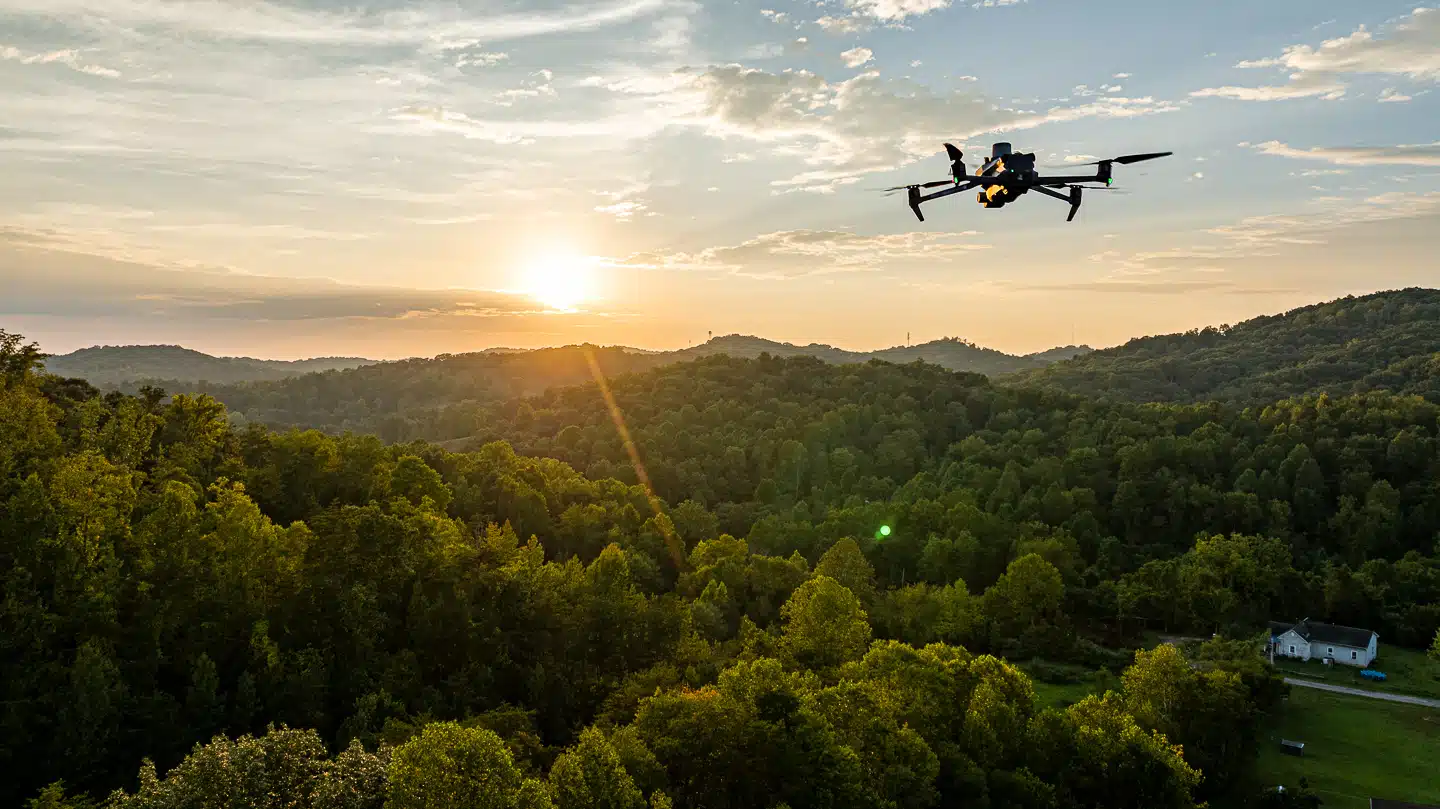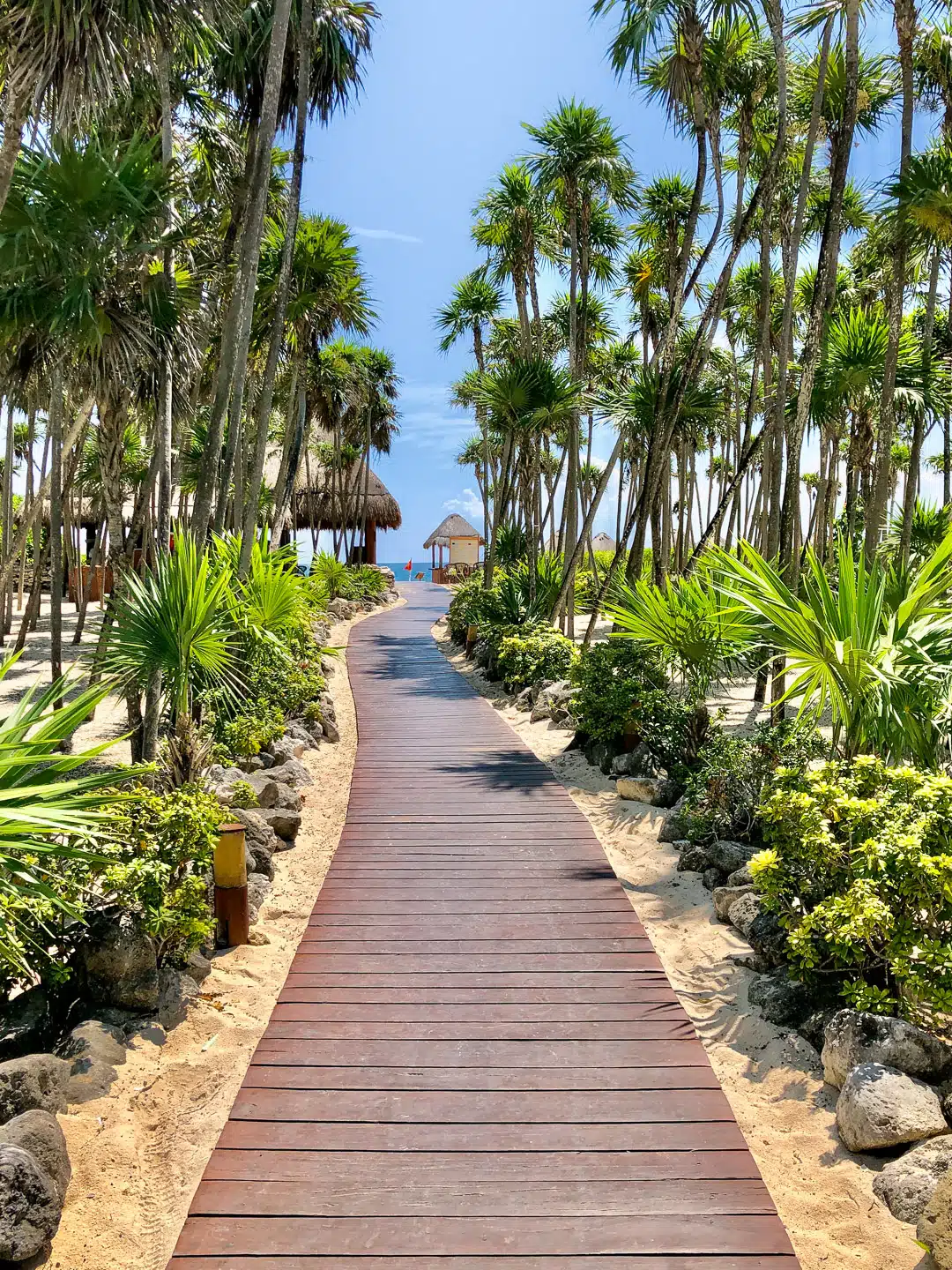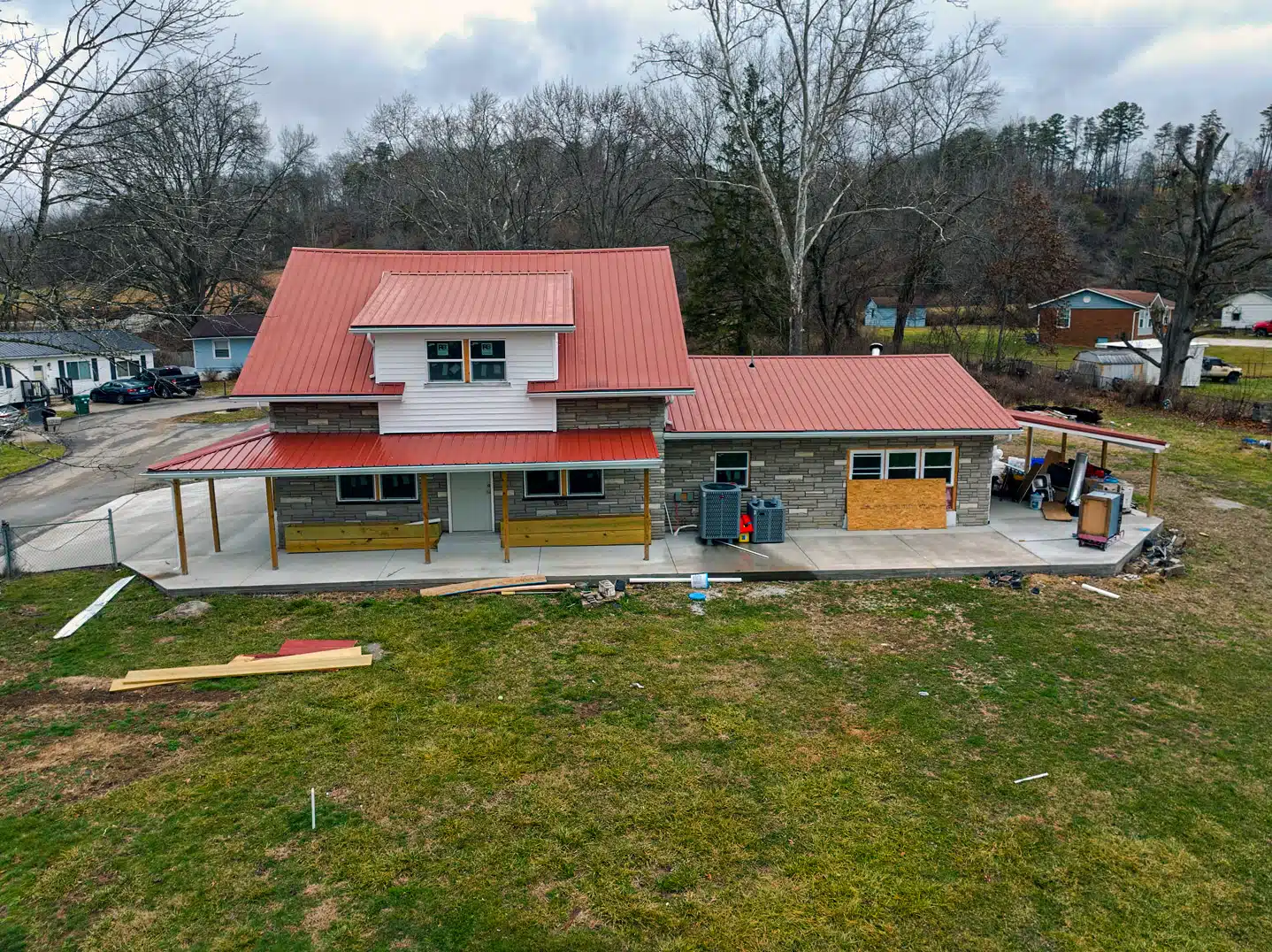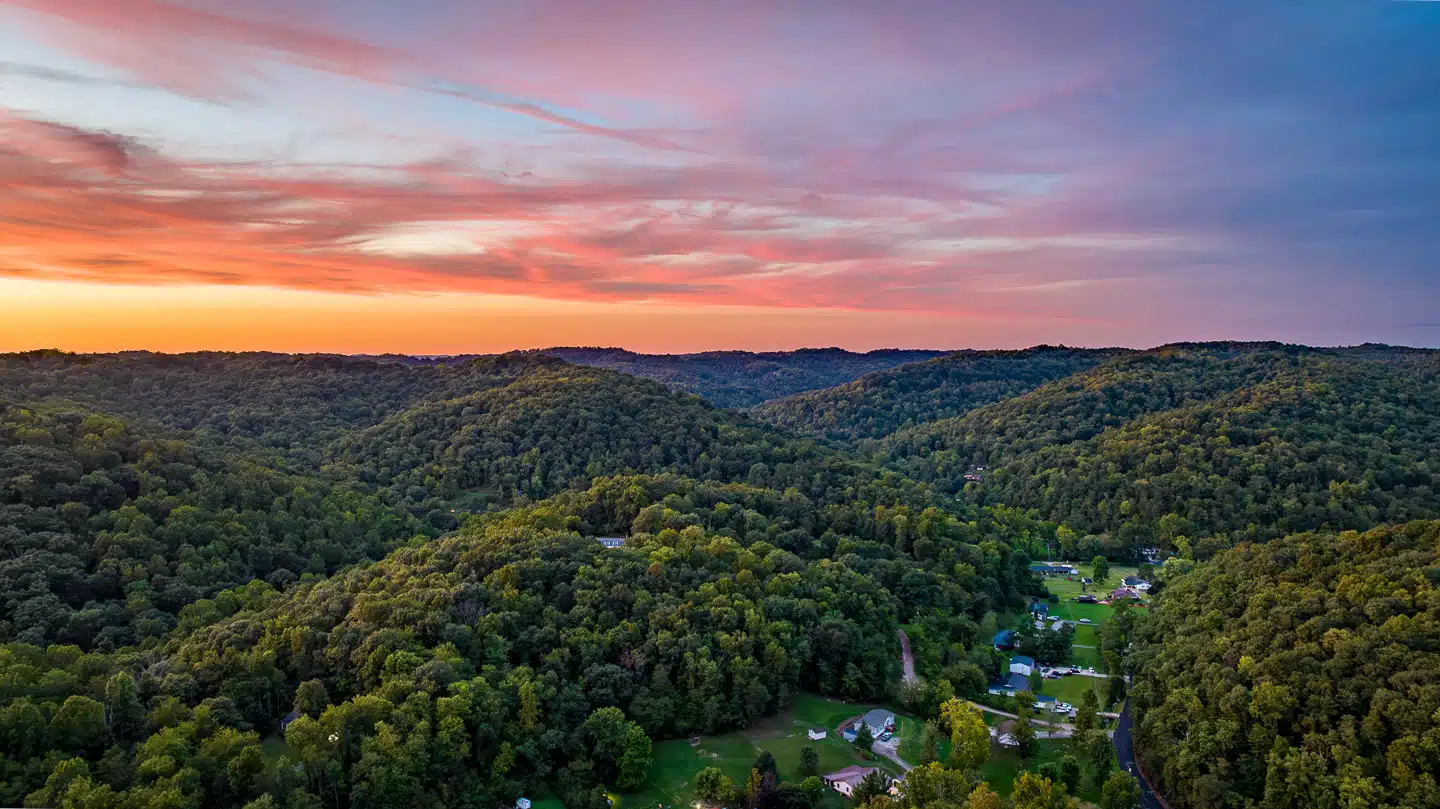
21 Tips on How to Create Better Drone Photos and Video
Creating Better Drone Photos and Video
The increasing availability of drones over the past few years has opened the door for a variety of industries. Specifically for photographers and videographers, drones have made it possible to capture incredible images and footage from places previously only accessible by helicopter.
Before you dive into firing up the brand new DJI Mavic 3 or Mavic Mini Pro, take a look at Drone Flying: 15 Tips on Safe Drone Operations.
Although I have years of experience with drone photography and photography in general, I’ve learned that if you ask the top five photographers in the U.S. what they’re top photography tips would be, you would get five different answers. That’s the thing about photography, much of a photo’s beauty and wonder is in the eye of the beholder. If you noticed, I said ‘much of a photo’s beauty’ not all. There many other aspects that make up a great photo or video and in this article, I will be sharing many tips that will hopefully give you an edge up on how to Create Better Drone Photos and Video.

Just the Tips
Tip# 1 – Point Straight Down
If you’ve ever taken a flight, have you ever found yourself mesmerized looking out of the window to the ground below. This is a great shot that that provides an interesting view when you’re focused on the ground. It’s a perfect example of a shot that provides an interesting perspective that you can only capture with a drone.
Tip# 2 – Slow is Smooth and Smooth is Fast
If you want to get good looking cinematic footage, then you’ll want to make sure that you have smooth stable footage and that means being gentle on your joysticks. If your drone is jerking and looking all over the place, this will quickly become a distraction and your viewers will immediately lose interest. One way to help with keeping your footage slow and steady is to use the tripod mode. Your drone may call it something else but typically there is a function that will slow down all the movement of your drone which in-turn will assist with creating that cinematic footage your after. If your really wanting to tweak your shots, head into the drone settings and you can slow these movements down even more.
Tip# 3 – Be Quick to Create Better Drone Photos
Just the opposite of those cinematic shots, fly as fast as it will go… legally of course. If you have ever watched footage from an fpv drone? I’m sure you’ve noticed how intense some of the shots came be. This is mainly due to the speed at which the drone is moving in relation to the objects around it. The faster you fly in close proximity to the ground or other object gives the viewer a much more dynamic experience. Since most drone owners don’t own fpv drones, to create similar shots, I suggest flying in a straight line as close to the ground or another object as your can using the sport mode. The reason I say straight line is because when you turn on sport mode, it disables all of the sensors.
Tip# 4 – Have a Subject
When you’re shooting your first video, big open landscapes are great but when you can put an object or a person in the frame. This gives you and the viewer much more perspective on the location. Having a subject will also give more visual interest to the photos and videos that you’re creating.
Tip# 5 – Over & Under Exposure
Over exposing is when everything is too bright you in the frame. Try to expose properly so that you have good contrast but you’re not too bright and not too dark. A good tool to use is your histogram which you can find on most drones. Using the histogram, make sure that all of your exposure values are somewhere in the middle. If you expose to bright and parts of your image are super white and blown out, you’re likely not going to be able to recover that. If you bring your footage into your editing software and you try to bring back those highlights, the image is just going to be white.
Tip# 6 – Research Your Location
If you think you have the ideal spot picked out, do this. Pull up Google Maps and see how the location looks from the sky. Look at photos or videos from other creators or other people that are online. It’s a good idea to know as much as possible beforehand so that you can find cool angles to shoot from and ideas on what to shoot when you get there. This way, your not draining all your batteries looking for the perfect composition.
Tip# 7 – Sunrise & Sunset
You’re going to get the best colors and the
best life just as the sun’s coming up and just as the sun’s going down. This time of day you’re also going to get the best looking shadows. You can get big long stretched out shadows that are going to create even more visual interest depending on what it is that you’re filming. When you’re planning your shoots, try to do it closer to sunrise or sunset and that’s gonna instantly make your photos and video look that much better.
Sunrise & Sunset
Tip# 8 – Know Your Why
Have a reason to why you’re filming and what the purpose of you going out to shoot. If you’re going out to tell a story for something like a Vlog, know why. You want to make sure that you get the footage that you need and make sure that you’re not just spending a lot of extra time filming stuff that’s not going to be used. If you’re going out to photograph something specific, do your research like we were talking about earlier and know exactly what you need to be able to capture that shot. Just understanding why you’re going out what it is that you’re trying to capture will help with getting that specific shot for that specific project.
Tip# 9 – Fly Lower & Show Scale
Don’t fly as high as possible. Here in the U.S. there’s a 400 ft. flight restriction, however at 400 feet the primary shots you can get are big open landscapes. Don’t spend all your time up at 400 feet, get down close and you’ll be able to get a variety of shots and some cool different perspectives that you just can’t get with other cameras. Think about going from big open wide shots to right above the tree line and then possibly closer to the object or person. Using an object or subject as visual interest is great if you have a photograph of the epic landscapes and then you put a person in it. You really get a much better sense of the scale of everything that you’re taking a photo of. Using a drone to get these shots along with the use of a subject is a great way to demonstrate how big places really are.
Tip# 10 – Shoot Footage Worth Capturing
Pick interesting locations and go somewhere worth filming, not the same bland locations everyone has seen a thousand times before. If you’re going to take cool photos and videos, then go to places that have a unique look and can get you better looking shots. One thing that I’ve seen over and over, boring drone footage. Find something or somewhere unique and different. If you find a place, pay attention to how the landscape changes and how the shadows will play with the different objects that you’re photographing or taking videos of.
Keep in mind, there’s all kinds of interesting stuff all around us. Just because you’re in a place that doesn’t have access to huge mountains or beaches doesn’t mean you don’t have interesting and unique things to photograph. Having a drone in the sky gives you a lot of opportunity to see things from a different perspective and there’s a lot of interesting things when you look at it from a camera that’s up that high.
Tip# 11 – Look For Shadows
Make it a point to get your drone up and point it straight down. While your there, look for how the shadows are playing with the landscape. You might see something completely unique that you’re not gonna see from the ground. As I mentioned earlier, the impact of these shadows is far greater when you’re right at sunrise when they’re stretched far out.
Tip# 12 – Splitting your Frame
When your shooting straight down or landscapes from above, you can do is split your photo or video in half using what’s in the frame. In another words, using a part of the landscape as your division line to split the frame and then you will have two contrasting elements that are side-by-side giving a visually pleasing effect.
Split Frame

Tip# 13 – Lead the Viewer’s Eyes
Implement the concept of leading lines. This is using lines that are naturally found in the landscape that draws the viewer’s attention to a specific point in your photo or video. So find different lines, whether it is a physical line like a train track or just the way that the landscape is shaped and see if you can draw your viewers eye to one point in the photo or video.
Tip# 14 – Always shoot in RAW
If you are using a DJI drone, you’ll see in the camera settings two choices. I suggest you always shoot in RAW or .DNG if you plan on doing any color grading or editing in general. RAW images contain much more information and accommodate the editing process much better than a compressed JPEG image. If you need quick delivery and you’re not going to be doing anything to your photos, JPEG is perfect. One downside of shooting RAW is that this file type is massive in comparison and can quickly fill a hard drive.
Similar to RAW photos, DJI give you the option to shoot video in D-Log or D-Cinelike. Both D-Log and D-Cinelike will produce similar-looking raw video. Neither will appear to have enough contrast or saturation, and they will appear flat and boring. This is so that video editing software may enhance the color, contrast, and vitality of the clip, which is what both modes are designed to do.

D-Cinelike (Left) vs. D-Log (Right)
D-Cinelike and D-log vary primarily in that D-Cinelike captures a wider spectrum of colors than D-Log. When using D-Log, the color gamut that is collected is much more condensed. D-log, on the other hand, enhances the highlights while keeping the shadows from becoming overly dark.
These two modes have one thing in common: for the greatest results, both must be color graded using your choice of editing software. Both shooting modes are designed to record a lot of information that can subsequently be enhanced using video editing software rather than producing the finished result directly from the micro SD card.
Tip# 15 – Using the Sun
You may have heard to always shoot with the sun to your back. This is not always the case and you can create a starburst effect if you setup the camera correctly. To do this, you need to have a drone that has an aperture built-in. When you close down the aperture to f/11 you can create a starburst looking effect that looks like a star. Again, you need a drone that gives you the ability to change the aperture settings. Otherwise, it creates a bright ‘overexposed’ orbit out in the sky. It’s going to be super bright in comparison to everything else that you’re filming.
Tip# 16 – Freeze Frames
Most major video editing software packages have a functionality that will allow you to freeze a frame from your video footage. This should really be used as a backup. If you want to freeze the action of a frame, increase your shutter speed to create crisp clear images. When you’re shooting a photo with your drone at a low shutter speed, you’re going to see some motion blur in your shot unless it’s something specific that you want to see the blur.
Tip# 17 – Use ND Filters
ND Filters is equivalent to putting sunglasses on your camera and it’s gonna help you bring down your shutter speed to be able to create lots of motion blur in your shot. If you use something like an ND 1000 on footage of the ocean, you could get these really stylistic shots but this is a specific style of photography so you don’t always want to fly with one of these filters on.

Five Photo AEB Shot with a DJI Mavic 3

Merged in Photoshop
Tip# 18 – Bracketing
The bracket feature will allow you to take multiple photographs in quick succession. The camera will take a normal photo and it’s gonna take one brighter and then one darker. If you have a setup to take five shots, it will take two brighter and two darker. One benefit of using bracketing is that if you didn’t nail your exposure the first time, you could use one of the other shots and most likely going to have the proper exposure. Additionally, if you want to create a composite and merge two or more exposures together to create a High Dynamic Range (HDR) photo inside your editing software, bracketing is the way to go.
The above five photos are an example of a five shot bracket. As you can see, each image has a different exposure. The two on the left are much lighter than the two on the right. You can either choose the photo that has the best exposure or import some or all into your preferred editing software and merge them together to create and HDR image. Here we used Adobe Photoshop to merge the five images.
Tip# 19 – Aspect Ratios
Don’t shoot in the 16×9 ratio. You’ll want to make sure that you’re shooting in the 4×3 ratio if you’re drone allows it. This lets you use the full height and width of your camera’s sensor to get the most information into your photo. If you later decide in post processing you want a 16×9 look to your image, you can always crop it down, but you can’t go the other way if you want to go up to 4×3.
Tip# 20 – Composition and the Rule of Thirds
I’m sure you’ve heard of the rule of thirds if you’ve been doing photography for any length of time. The rule of thirds is great at getting your subject aligned in your composition, but don’t always rely on it. The rule of thirds is breaking your image up into quadrants and then putting your subject on one of these lines. The rule of thirds works great especially for putting your horizon on a third or putting a person, but don’t always rely on the rule of thirds. You may find that sometimes you want to just center your subject. This is ‘sometimes’ a very compelling shot when you have a really bold image of a subject centered in the middle of the frame.
Tip# 21 – Simply Put, Practice, Practice, Practice!
Just get out there and try a little of everything. This will help find your style of shooting and get you comfortable with the many techniques used to create great drone footage.
We hope that some if not all of these tips will help you in some way in the future. Feel free to leave a comment or any tips that have helped you.
Thanks for reading and showing your support.
Portrait Photography
Portrait Photography
Capturing the essence of your personality or event with our professional portrait photography services. Tailored to your unique needs, we offer individual, family, corporate, and lifestyle portraits that truly reflect your individuality and style.
Event Photography and Videography
Event Photography and Videography
Preserve the magic of your special day with our event photography and videography services. From weddings to corporate events, we offer aerial videos & photos that add a unique perspective to your event memories.
Marketing and Advertising Content
Marketing and Advertising Content
Harness the power of video to convey your brand’s message compellingly. Our custom drone videos are crafted to resonate with your audience, driving engagement and fostering conversions through quality video content.
Drone Mapping and 3D Modeling
Drone Mapping and 3D Modeling
Leverage our advanced drone mapping and 3D modeling services for detailed and accurate visual data. Ideal for construction, real estate, and more, we provide the insights you need to make informed decisions.
Residential and Commercial Real Estate Services
Residential and Commercial Real Estate Services
Showcase your properties in their best light with our aerial photography for real estate. Offering both aerial and ground-level photography, 3D virtual tours, and immersive video tours, we create visuals that attract potential buyers and accelerate sales.
Construction Progression and Monitoring
Construction Progression and Monitoring
Keep track of your construction projects with our services, offering regular aerial drone inspections to monitor progress, ensure safety compliance, and address issues promptly.
Aerial Drone Inspection Services
Aerial Drone Inspection Services
Our drone inspection services offer a safe and efficient way to inspect hard-to-reach areas. From infrastructure inspections to roof check-ups, we provide the visual data you need to make informed decisions.




